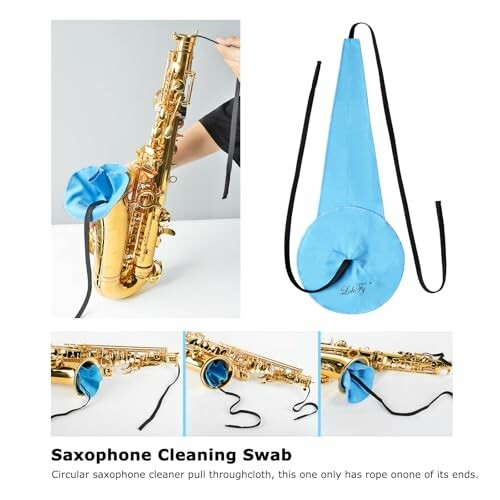
Choosing the Right Mouthpiece for Your Saxophone Style
Key Takeaways
- Understanding mouthpiece characteristics is essential for improving tone and projection.
- Different materials and dimensions cater to specific playing styles.
- Regular maintenance and cleaning ensure optimal performance.
- Experimenting with various mouthpieces can enhance your musical expression.
Choosing the right mouthpiece for your saxophone is crucial to achieving the desired sound, projection, and comfort. Mouthpieces vary significantly in design, material, and size, each contributing uniquely to your playing style. This article provides an in-depth look at how to select the right mouthpiece tailored to your needs, from jazz to classical and everything in between.
Understanding Mouthpiece Anatomy
A saxophone mouthpiece comprises several parts that significantly impact its performance:
- Tip Opening: The distance between the tip and the reed affects airflow and resistance.
- Facing Length: The length of the flat part of the mouthpiece affects intonation and pitch.
- Chamber Design: The shape of the internal chamber influences tonal quality.
Mouthpiece Materials
The material of the mouthpiece plays a significant role in producing sound:
- Rubber: Commonly used for beginner and intermediate players due to rich sound quality.
- Metal: Offers a brighter sound and projection, often favored by professional musicians.
- Ebonite: A type of hard rubber praised for warm tone characteristics.
Consider Your Playing Style
Your style of playing heavily influences the kind of mouthpiece that’s suitable for you. Here are some considerations:
| Style of Playing | Recommended Mouthpiece Characteristics |
|---|---|
| Jazz | Wider tip opening, less resistance for flexibility in expression |
| Classical | Narrower tip opening, more focused tone |
| Contemporary | Variable width depending on genre; experimenting encouraged |
Popular Mouthpiece Options
Here are a few noted mouthpieces to consider:
Vandoren SM613B T75 Jumbo JAVA Tenor Saxophone Mouthpiece
An ebonite mouthpiece with a 265-micron tip opening designed for exceptional tonal flexibility.
Learn MoreCleaning and Maintenance
Regular maintenance can prolong the life of your mouthpiece and improve overall performance:
- Clean your mouthpiece daily with a microfiber cloth.
- Use a mouthpiece brush to avoid buildup inside.
- Store it in a designated case to prevent damage.
Cleaning Kits
Consider investing in a comprehensive cleaning kit for your saxophone:
Alto/Tenor/Soprano Saxophone Cleaning Swab Kit
A complete cleaning kit that includes microfiber cloths and brushes to keep your instrument pristine.
Explore NowTesting and Experimentation
It’s essential to try different mouthpieces to find the one that best suits your playing style. Here are steps to guide you:
- Visit a local music store to test a variety of mouthpieces.
- Take note of how each mouthpiece feels when playing, especially regarding resistance.
- Play your favorite pieces with different mouthpieces to compare sound quality.
Online Resources
Explore our sites for more in-depth information:
- Saxophone Accessories
- Tenor Saxophone Maintenance
- Playing Techniques for Tenor Saxophone
- Jazz Saxophone Artists and Music
- Tenor Saxophone Buying Guide
Final Thoughts
Choosing the right mouthpiece can redefine your tenor saxophone experience, enabling you to reach new heights in your musical expression. Don't hesitate to experiment with different types to discover the one that resonates with your style.
Pros
- Improved sound quality with the right mouthpiece.
- Easier to play for your individual style and skill level.
- Enhances overall saxophone performance.
Cons
- Can be expensive to experiment with multiple mouthpieces.
- Finding the right fit may take time and patience.

